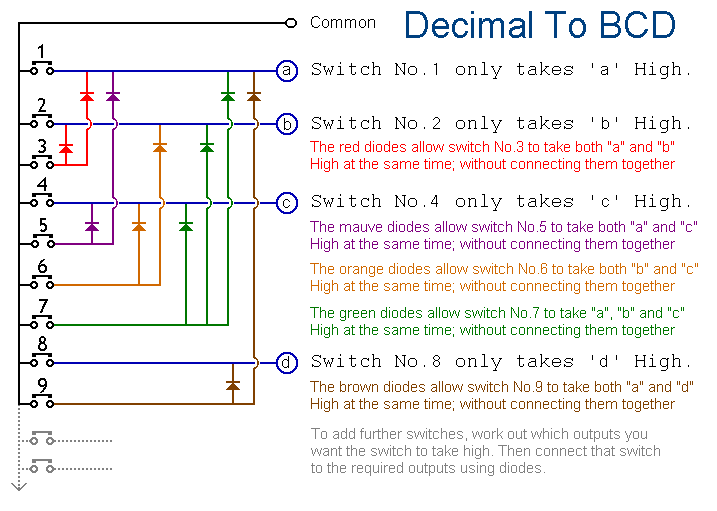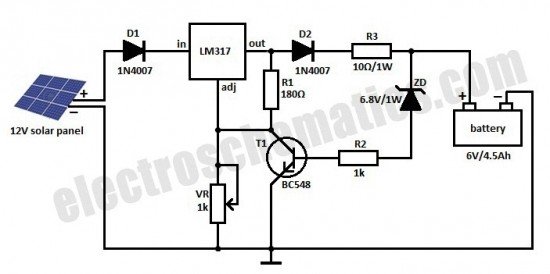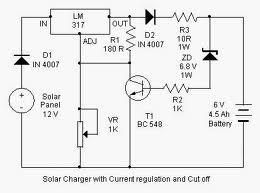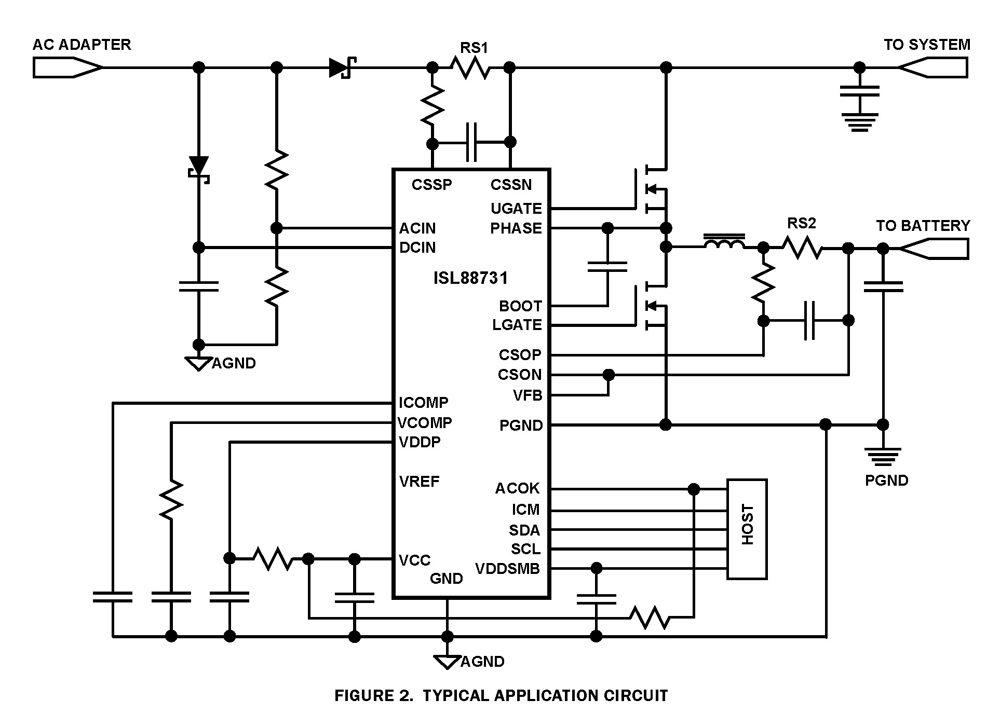
how to convert a 9v battery to 3.7v
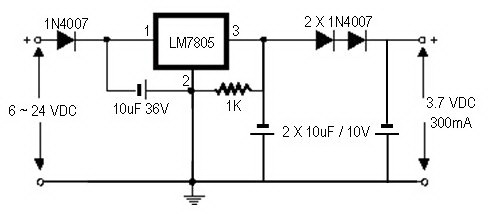
A regulator circuit is needed for this DIY project. Familiarity with electronic components, circuitry, the use of a multitester, and a soldering iron is essential. The schematic diagram provided can accept an input voltage ranging from 6 to 24 volts (including 9 volts) and regulates it to a fixed output of 3.7 VDC with a current capacity of 300 mA. It should be noted that this circuit is not designed to function as a battery charger.
This circuit is designed to regulate input voltages between 6V and 24V down to a stable 3.7V output. The primary component of this regulator circuit is typically a linear voltage regulator, such as the LM317 or a dedicated low-dropout (LDO) regulator, which can handle the input voltage range while providing a consistent output voltage.
The circuit will include input capacitors to filter any voltage spikes and output capacitors to stabilize the output voltage. A multitester can be used to measure the input and output voltages during testing to ensure proper operation. The circuit should also incorporate a heat sink if the regulator is expected to dissipate a significant amount of heat, especially when operating near the upper limit of the input voltage range.
The circuit's output is limited to 300 mA, making it suitable for low-power applications such as powering small sensors or microcontrollers. It is crucial to ensure that the load connected to the output does not exceed this current rating to prevent damage to the regulator.
In summary, this regulator circuit is a straightforward solution for applications requiring a stable 3.7V supply from a variable input voltage. Proper assembly and testing will ensure reliable operation in various electronic projects.Basically, you would need a regulator circuitry. Since this involves DIY (do-it-yourself) project, it is required to be familiar with electronic components & circuitry, use of a multitester and a soldering iron. The schematic diagram below would take in any voltage from 6 to 24 (including 9) and regulate it to a fixed 3.
7 VDC output with an unheat sinked current of 300mA. It is not a battery charger. Ask-a-doc Web sites: If you`ve got a quick question, you can try to get an answer from sites that say they have various specialists on hand to give quick answers. Justanswer. com. Traffic on JustAnswer rose 14 percent. and had nearly 400, 000 page views in 30 days. inquiries related to stress, high blood pressure, drinking and heart pain jumped 33 percent. I`m screaming your praises! WOW! I plugged my TV in and bammo! The picture came on bright and beautiful. What a relief! YOU saved me some money and headache. VM United States I`m screaming your praises! WOW! I plugged my TV in and bammo! The picture came on bright and beautiful. What a relief! YOU saved me some money and headache. VM United States I love this site! $9 instead of a repairman or new/used frig can`t be beaten. This older woman will worry less now that she knows about this site. Bless you all. Windy USA Wonderful service, prompt, efficient, and accurate. Couldn`t have asked for more. I cannot thank you enough for your help. Mary C. Freshfield, Liverpool, UK This expert is wonderful. They truly know what they are talking about, and they actually care about you. They really helped put my nerves at ease. Thank you so much! Alex Los Angeles, CA Thank you for all your help. It is nice to know that this service is here for people like myself, who need answers fast and are not sure who to consult.
GP Hesperia, CA Just let me say that this encounter has been entirely professional and most helpful. I liked that I could ask additional questions and get answered in a very short turn around. Esther Woodstock, NY 🔗 External reference
This circuit is designed to regulate input voltages between 6V and 24V down to a stable 3.7V output. The primary component of this regulator circuit is typically a linear voltage regulator, such as the LM317 or a dedicated low-dropout (LDO) regulator, which can handle the input voltage range while providing a consistent output voltage.
The circuit will include input capacitors to filter any voltage spikes and output capacitors to stabilize the output voltage. A multitester can be used to measure the input and output voltages during testing to ensure proper operation. The circuit should also incorporate a heat sink if the regulator is expected to dissipate a significant amount of heat, especially when operating near the upper limit of the input voltage range.
The circuit's output is limited to 300 mA, making it suitable for low-power applications such as powering small sensors or microcontrollers. It is crucial to ensure that the load connected to the output does not exceed this current rating to prevent damage to the regulator.
In summary, this regulator circuit is a straightforward solution for applications requiring a stable 3.7V supply from a variable input voltage. Proper assembly and testing will ensure reliable operation in various electronic projects.Basically, you would need a regulator circuitry. Since this involves DIY (do-it-yourself) project, it is required to be familiar with electronic components & circuitry, use of a multitester and a soldering iron. The schematic diagram below would take in any voltage from 6 to 24 (including 9) and regulate it to a fixed 3.
7 VDC output with an unheat sinked current of 300mA. It is not a battery charger. Ask-a-doc Web sites: If you`ve got a quick question, you can try to get an answer from sites that say they have various specialists on hand to give quick answers. Justanswer. com. Traffic on JustAnswer rose 14 percent. and had nearly 400, 000 page views in 30 days. inquiries related to stress, high blood pressure, drinking and heart pain jumped 33 percent. I`m screaming your praises! WOW! I plugged my TV in and bammo! The picture came on bright and beautiful. What a relief! YOU saved me some money and headache. VM United States I`m screaming your praises! WOW! I plugged my TV in and bammo! The picture came on bright and beautiful. What a relief! YOU saved me some money and headache. VM United States I love this site! $9 instead of a repairman or new/used frig can`t be beaten. This older woman will worry less now that she knows about this site. Bless you all. Windy USA Wonderful service, prompt, efficient, and accurate. Couldn`t have asked for more. I cannot thank you enough for your help. Mary C. Freshfield, Liverpool, UK This expert is wonderful. They truly know what they are talking about, and they actually care about you. They really helped put my nerves at ease. Thank you so much! Alex Los Angeles, CA Thank you for all your help. It is nice to know that this service is here for people like myself, who need answers fast and are not sure who to consult.
GP Hesperia, CA Just let me say that this encounter has been entirely professional and most helpful. I liked that I could ask additional questions and get answered in a very short turn around. Esther Woodstock, NY 🔗 External reference
